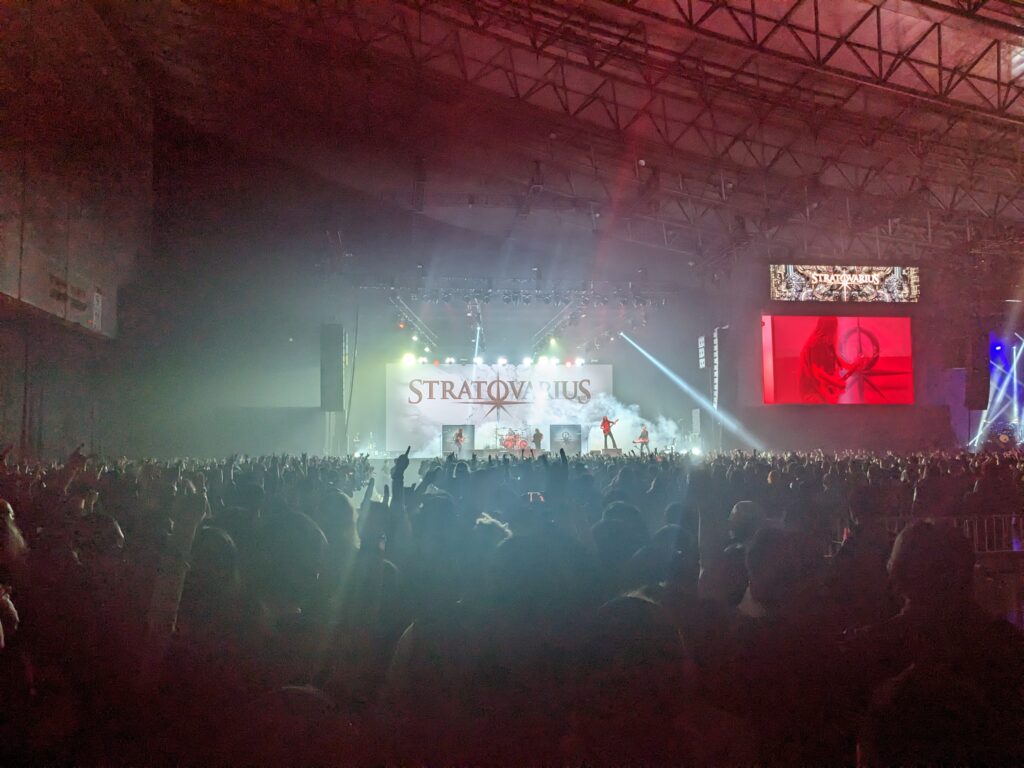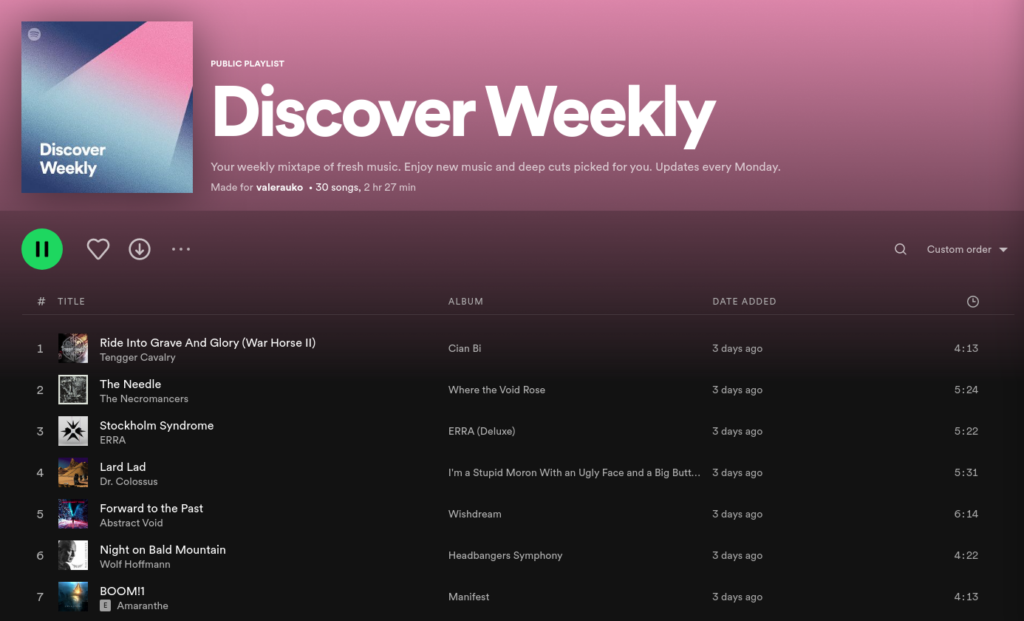I’ve been to Loud Park twice before, in 2012 (got a shirt but no blogpost) and 2016, so I was pretty happy to hear it was coming back after years of covid-forced absence. The lineup caught my eye because of Pantera—I thought they’d never tour again since the Abbott brothers died, so this was a chance I wasn’t willing to let go (even though I’m not that much of a Pantera fan).







